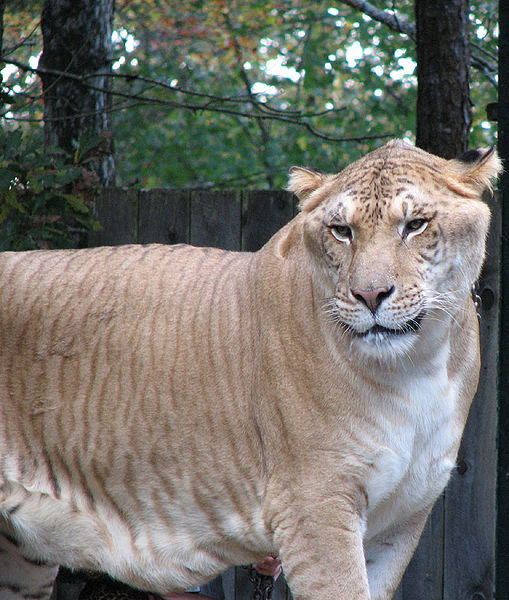The Africanized bee, also known as the Africanized honey bee (AHB) and colloquially as the "killer bee", is a hybrid of the western honey bee, produced originally by crossbreeding of the East African lowland honey bee (A. m. scutellata) with various European honey bee subspecies such as the Italian honey bee (A. m. ligustica) and the Iberian honey bee (A. m. iberiensis).
Africanized bee
Hive on Gila River Indian Community land in Arizona
Gathering pollen, Engelmann's prickly pear, Mojave Desert
Compare A. m. scutellata
In biology, a hybrid is the offspring resulting from combining the qualities of two organisms of different varieties, species or genera through sexual reproduction. Generally, it means that each cell has genetic material from two different organisms, whereas an individual where some cells are derived from a different organism is called a chimera. Hybrids are not always intermediates between their parents, but can show hybrid vigor, sometimes growing larger or taller than either parent. The concept of a hybrid is interpreted differently in animal and plant breeding, where there is interest in the individual parentage. In genetics, attention is focused on the numbers of chromosomes. In taxonomy, a key question is how closely related the parent species are.
A mule is a sterile hybrid of a male donkey and a female horse. Mules are smaller than horses but stronger than donkeys, making them useful as pack animals.
Liger, a lion/tiger hybrid bred in captivity
Oenothera lamarckiana is a permanent natural hybrid, studied intensively by the geneticist Hugo de Vries. Illustration by De Vries, 1913.
Hybrid between Lady Amherst's pheasant (Chrysolophus amherstiae) and another species, probably golden pheasant (Chrysolophus pictus)








